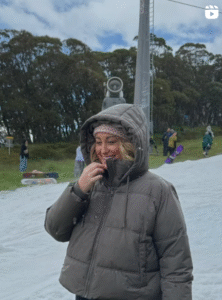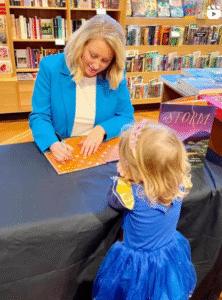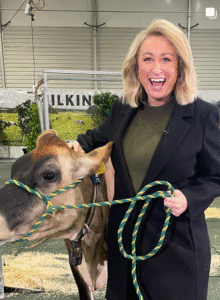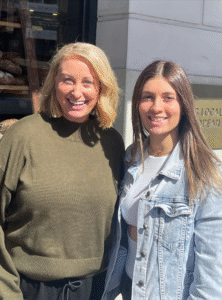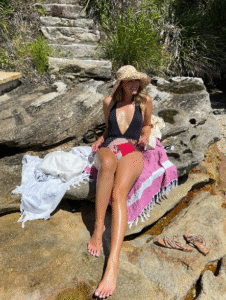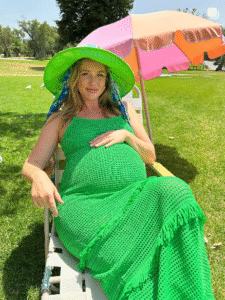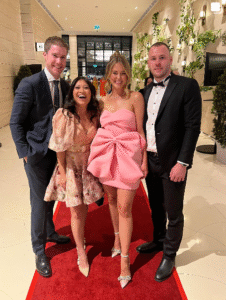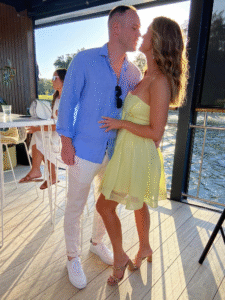How to Become a Meteorologist Television Presenter:
A Step-by-Step Guide
A meteorologist TV presenter delivers accurate and engaging weather forecasts to the public while combining science with strong communication skills. This guide outlines the education, skills, certifications, and practical experience needed to succeed in this role.
The Role of a Meteorologist Presenter
A meteorologist TV presenter informs and engages the public with timely weather updates, often during live broadcasts. The role requires clear communication, public speaking, and the ability to translate complex scientific data into simple, understandable information. Understanding the responsibilities fully is essential for aspiring presenters to develop the right skills and approach. Despite the rise of digital weather sources like smartphones according to Keeling (2009), live presenters remain crucial for capturing attention and ensuring key information reaches the audience. For more information, see the Bureau of Meteorology Careers page. #MeteorologyCareer #TVPresenting #MediaIndustry
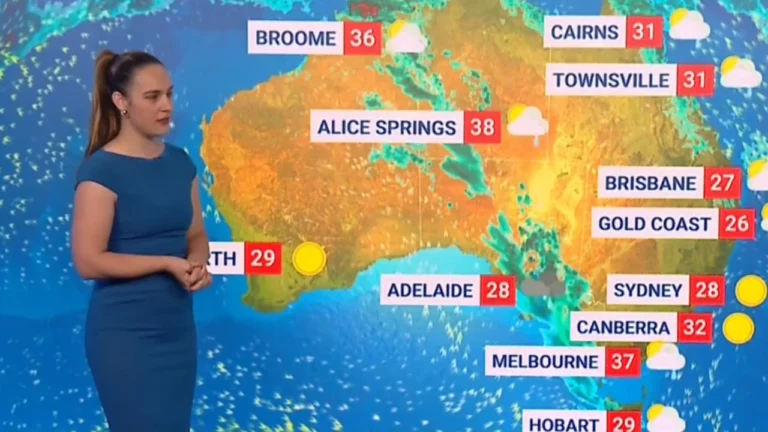
Educational Requirements
There are two main pathways to become a meteorologist TV presenter in Australia:
Journalism degree + meteorology courses (most common) – e.g., Scherri Lee Bridges
Meteorology degree + TV presenting courses – e.g., Jane Bunn
While neither degree is strictly required, the choice depends on whether you are more interested in weather or broadcasting. Currently, all Australian TV weather presenters have a background in at least one. Journalism degrees however are more sought as recent news agencies started requiring an Assessment of the Skills and writing (Eschenfelder, 2019) – easier to pass with a degree in journalism. These qualifications are therefore essential for credibility and career entry, as it is a skills-based profession where you MUST prove your abilities to directors or producers (Wolfe, 2014).
TV Presenting Skills / Qualifications
Success as a meteorologist TV presenter relies heavily on technical presenting skills. Key abilities include on-camera confidence, improvisation, live reporting, and scriptwriting, which can be developed through professional workshops and short courses (Bonner, 2016). In Australia, highly regarded programs include NIDA, AFTRS, TV Pro Global, and Brave Studios. These courses vary in length, from intensive 2-day workshops to programs lasting several months.
Completing 1–4 TV presenting credentials alongside meteorology certifications strengthens employability, enhances audience engagement, and demonstrates professional credibility. Aspiring presenters are encouraged to start with shorter workshops, building up to more advanced courses over 1–2 years, while simultaneously gaining practical experience.
– Build a professional portfolio during Bachelor completion
-Graduate with a Bachelor (or major) in Journalism
– Begin content creation, social media building, or modelling to grow a online presence
– Complete 1–2 meteorology certificates:
Certificate of Climate Science, Weather & Forecasting – Australian Online Courses
1. Introduction to Meteorology – Bureau of Meteorology
2. Climate Science – ACS Distance Education
– Earn 1–4 TV presenting credentials:
1. TV Presenting Techniques – NIDA
2. TV Presenting Essentials – NIDA
3. Presentation Skills – AFTRS
4. TV Presenter Casting Workshop – TV Pro Global
5. TV & Online Presenting Course – Brave Studios
– Apply for newsroom and media internships — including behind-the-scenes roles and radio
– Become a Meteorologist Television Presenter
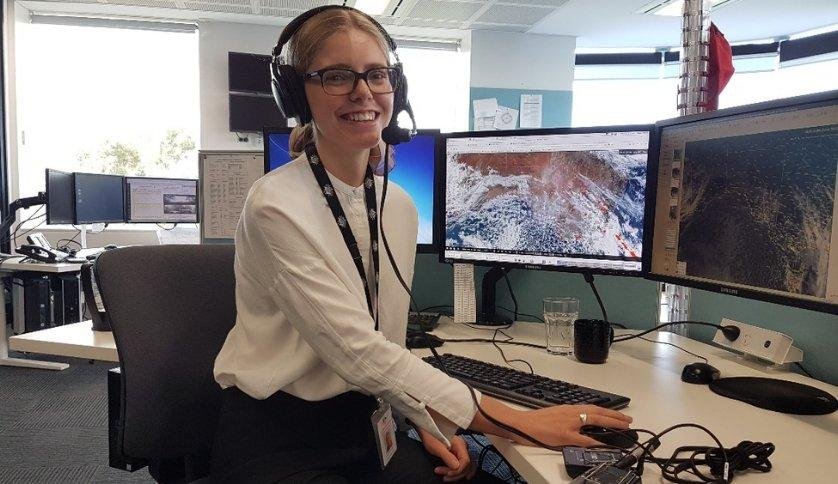
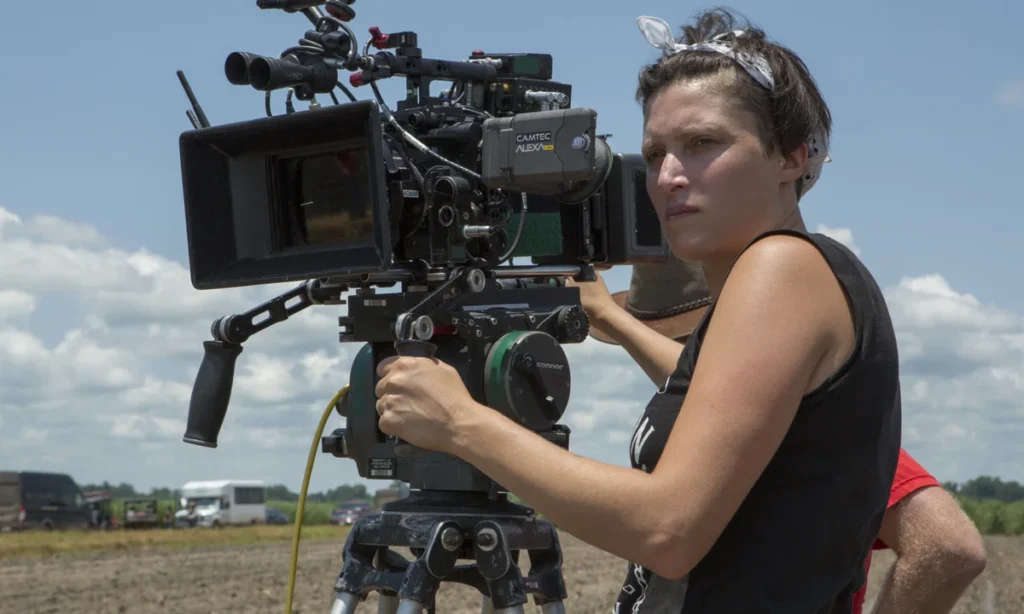
Gaining Practical Experience
Hands-on experience is essential for aspiring meteorologist TV presenters (Hughes, 2025). Internships, newsroom roles, radio positions, or production assistant jobs provide practical insight into broadcast operations and help develop professional skills. To secure these opportunities, candidates can apply directly to local TV stations, social media (LinkedIn) media networks, or university internship programs. These roles allow you to understand newsroom workflows, practice technical and presenting skills. Gaining real-world experience also helps you network within the industry, making it easier to transition into on-camera positions later. For guidance on finding media internships and entry-level TV roles, see Screen Australia’s Careers & Internships Advice.
Section 5: Building a Professional Portfolio / Social Media
A professional portfolio, showreel, or online presence is essential for aspiring meteorologist TV presenters to showcase skills and personality (Wolfe, 2014). Compile videos demonstrating on-camera presenting, live reporting, or even modeling for confidence, and maintain active social media profiles. Platforms like Instagram, YouTube, TikTok, or Twitter allow your personal style to shine, helping audiences connect (Wolfe, 2014). For example, Scherri-Lee Bridges had a modeling background which she used to become a weather presenter, projecting a regal and polished image, while Jane Bunn conveys warmth and approachability without modeling experience—different styles, yet both engage audiences effectively. Some snippets of there insta’s below:
Conclusion
Becoming a meteorologist TV presenter requires a combination of education, practical experience, and professional presenting skills. Building a strong portfolio, gaining hands-on experience, and completing relevant courses enhances credibility and employability, helping aspiring presenters connect with audiences and confidently step into a successful broadcast meteorology career.
References
Bonner, F. (2016) Personality presenters [Preprint]. doi:10.4324/9781315600178.
Dietl, S. AP. (2018, January 25). Cinematographer Rachel Morrison on the set of the film Mudbound. The Guardian.
Eschenfelder, C.C. (2019) ‘But can they write? Television News Industry Assessment of the skills of broadcast journalism students and recent graduates’, Journalism & Mass Communication Educator, 75(2), pp. 226–232. doi:10.1177/1077695819884172.
Hughes, J. (2025) 4 careers in meteorology and how to get there. Available at: https://www.educations.com/articles-and-advice/bachelor-studies/4-careers-in-meteorology-and-how-to-get-there (Accessed: 22 August 2025).
Jane Bunn. (n.d.). @janebunnofficial [Instagram profile]. Instagram.
(No date) Short learning programmes. Available at: https://www.unisa.ac.za/sites/corporate/default/Apply-for-admission/Short-Learning-Programmes#:~:text=They%20are%20intended%20to%20update,or%20a%20unique%20employment%20requirement. (Accessed: 22 August 2025).
Scherri-Lee Bridges. (n.d.). @scherri [Instagram profile]. Instagram.
Sky News Australia. (2025). Melbourne prepares for increased weekend heat [Video]. Sky News.
Steve Dietl/AP. (2018, January 25). Cinematographer Rachel Morrison on the set of the film Mudbound. The Guardian.
University of Adelaide. (n.d.). Adelaide University meteorology image [Image]. University of Adelaide.
Wolfe, K. (2014) The TV presenter’s career handbook [Preprint]. doi:10.4324/9780203709313.







